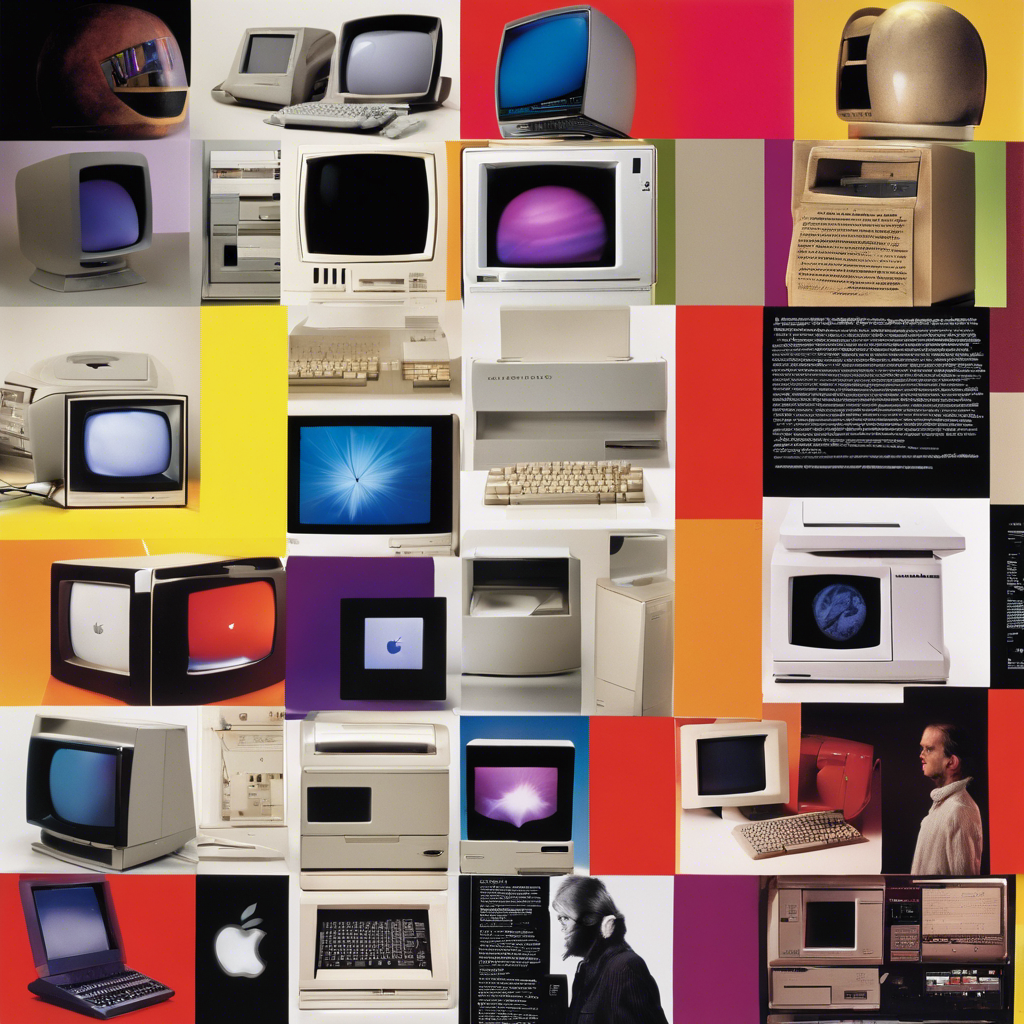The Macintosh at 40: How Apple Revolutionized User Experience and Transformed Technology into Fashion

The Macintosh’s emphasis on user experience paved the way for Apple’s success and shaped the future of consumer electronics.
In 1984, Apple unveiled the Macintosh personal computer with a groundbreaking Super Bowl ad directed by filmmaker Ridley Scott. While other companies focused on computing power and storage, Apple prioritized the concept of “user experience.” This decision set the stage for Apple’s meteoric rise and its transformation of technology into fashion. As the Macintosh celebrates its 40th anniversary, it’s clear that designing for usability, efficiency, accessibility, elegance, and delight pays off. Apple’s market capitalization now exceeds $2.8 trillion, and its brand is synonymous with design. This article explores how the Macintosh revolutionized the personal computing industry and why user experience remains crucial in technological innovation.
The Macintosh: A Product for Everyday People:
When Steve Jobs introduced the Macintosh, it was not just another computer. It was a product designed for human beings to integrate into their lives. The Macintosh aimed to make everyday people comfortable with this new extension of themselves. By packaging all the complex “computer stuff” into one sleek box, Apple allowed users to focus on how the product made them feel. The Macintosh was about providing a satisfying, simplified user experience that went beyond technical specifications.
Beyond Technical Breakthroughs:
While the Macintosh was innovative, it wasn’t because of any specific technical breakthrough. It wasn’t the first computer with a graphical user interface or a desktop metaphor. In fact, the Apple Lisa, released a year earlier, had these features. What set the Macintosh apart was its ability to bring together various advances and provide an accessory for the masses. It simplified the interaction techniques required to operate a computer and improved overall functioning. The Macintosh introduced point-and-click operations, pull-down menus, draggable windows, and icons, making computing accessible to everyone.
User Experience as the Driver of Technical Achievement:
The Macintosh made user experience the driving force behind technical achievement. It prioritized simplicity and ease of use, especially compared to command-line computers of the time. The Macintosh’s out-of-the-box usability became the hallmark of not only Apple products but the entire consumer electronics industry. Today, companies devoted to providing user experience tools and services are worth billions of dollars. Consumers now expect a good user experience and are willing to pay a premium for it.
The Future of User Experience:
As we celebrate the 40th anniversary of the Macintosh, it serves as both inspiration and a warning. It inspires those seeking to make the next technological breakthrough to prioritize user experience. It warns against dismissing user experience as a secondary concern in technological innovation. The success of the Macintosh and Apple’s subsequent products demonstrate the significance of user experience in shaping the market.
Conclusion:
The Macintosh’s emphasis on user experience revolutionized the personal computing industry and transformed technology into fashion. Apple’s decision to prioritize usability, efficiency, accessibility, elegance, and delight set the company apart from its competitors. The Macintosh’s impact can still be felt today, as user experience remains a fundamental aspect of technological innovation. As we look to the future, it is clear that a good user experience is no longer a luxury but an expectation that drives consumer choices. The Macintosh’s legacy serves as a reminder that technology is ultimately about people.

